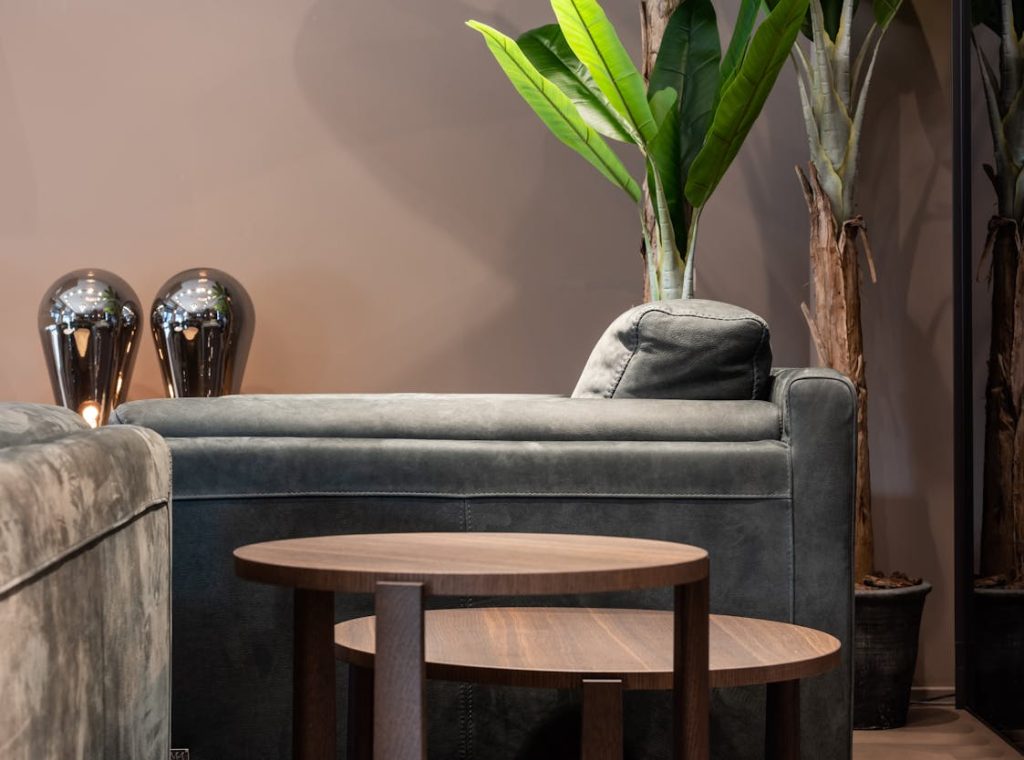While most people may believe that how an environment looks and feels will have no bearing on their mental health, it could not be further from the truth. In fact, with how busy our lives are now currently, research done by a few mental health institutions have found that anxiety and depression are the most common mental health complaints. This is not even getting into how stressful we feel after a hard day’s work. As such, we need to retreat into our private space – often our homes – to unwind, recharge, or just to lick our wounds.
So, because these spaces are very personal to our daily lives, it stands to reason that they should help to provide safety, comfort, support and positive emotional energy. Especially when our lives are feeling out of control, our home décor and interior design is a place we can have almost total jurisdiction over. In fact, the connection between emotional stability and home environments is not new, with these links being well documented. So, if you are feeling stressed out in life or are looking for a way to boost your mental health, you can try out these elements of interior design that have been associated with improved mental clarity. When utilised correctly, these design elements have been known to reduce stress, depression, and anxiety.
Create the perception of space
When we refer to the perception of space, we are really referring to the outlook. This means the impression the space gives when every single little detail and décor affects its entire image. On the whole, we prefer expansive and large spaces to cramped quarters. A study demonstrated that people tend to be more creative in rooms that have higher ceilings, in addition to having their mood improve. Additionally, clean and open homes that have minimal clutter tend to facilitate better moods. While in the past, an interior design used to be dominated by sight, further research has suggested that space can affect humans in a multisensory way.
This sense of openness can be achieved in a variety of ways. For example, Marie Kondo – famous for her minimalist approach to life and organising – takes inspiration from Feng Shui to make organisation and tidiness a way of life. To her, things that do not spark joy should be let go rather than collect dust. As such, when it comes to making a more spacious home, decluttering I generally the first step to doing so.
Other elements you can add includes lighting. Spaces that tend to welcome a generous amount of natural light through large windows or glass doors tend to give the impression the space is expansive. Room layout is also important. Research identified that room organisation was a major part of a peaceful and soothing home. Spaces that tended to be easy to navigate often fostered social interactions and reduced the feeling of being overwhelmed. On the whole, creating the perception of a lot of space tends to invite more positive energy into the room.
Welcome a lot of sunlight
Much like the previous point, lighting can also play a big part in setting the mood. After all, sunlight also helps to reduce depression. Whether you can get your sunlight outdoors or through a window, it tends to be a mood lifter. In fact, a persistent lack of sunlight can trigger depression or enhance anxiety. Sunlight has also been shown to energise people – whether they are at home or at work.
A study even highlighted how employees that had access to natural sunlight tended to outperform their co-workers without sunlight in their work areas. Additionally, when people were forced to work only in artificial light, they demonstrated a lack of vitality and often showed signs of poor sleep.
Choose the right colours
It has already been well-documented that colour can alter your mood drastically. Aside from the type of colour, saturation and brightness are also significant components that can impact people. For instance, colours that are less saturated tend to give a duller feeling, while bright and pale tones can have a calming and relaxing effect.
Overall, there are some universal meanings to colour effects, though, of course, each culture will have its own interpretations regarding colour symbolism. That being said, ‘warmer’ colours such as red, yellow or orange can not only physically make us feel warmer, but also can give feelings of passion and be highly stimulating and energising. On the other hand, cooler colours such as green, blue, and purple are generally more peaceful and calming and can show reliability or security.

